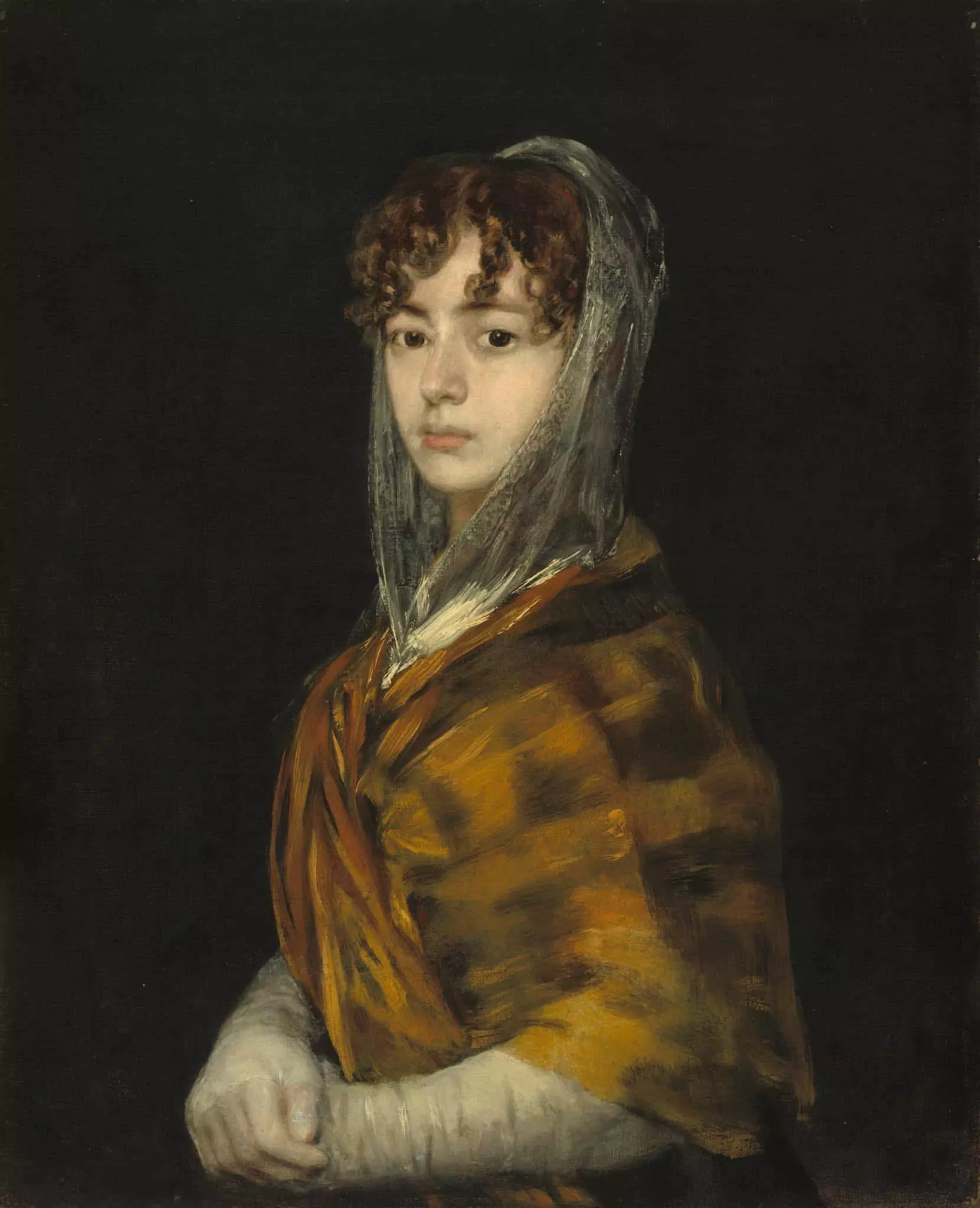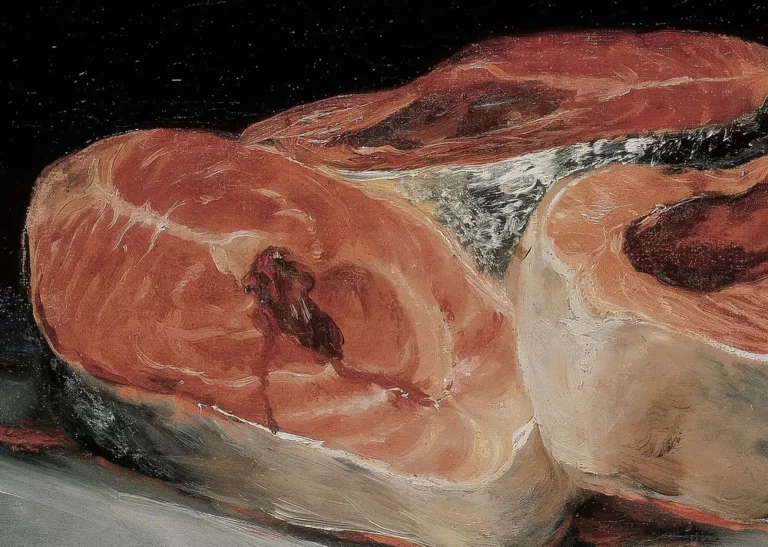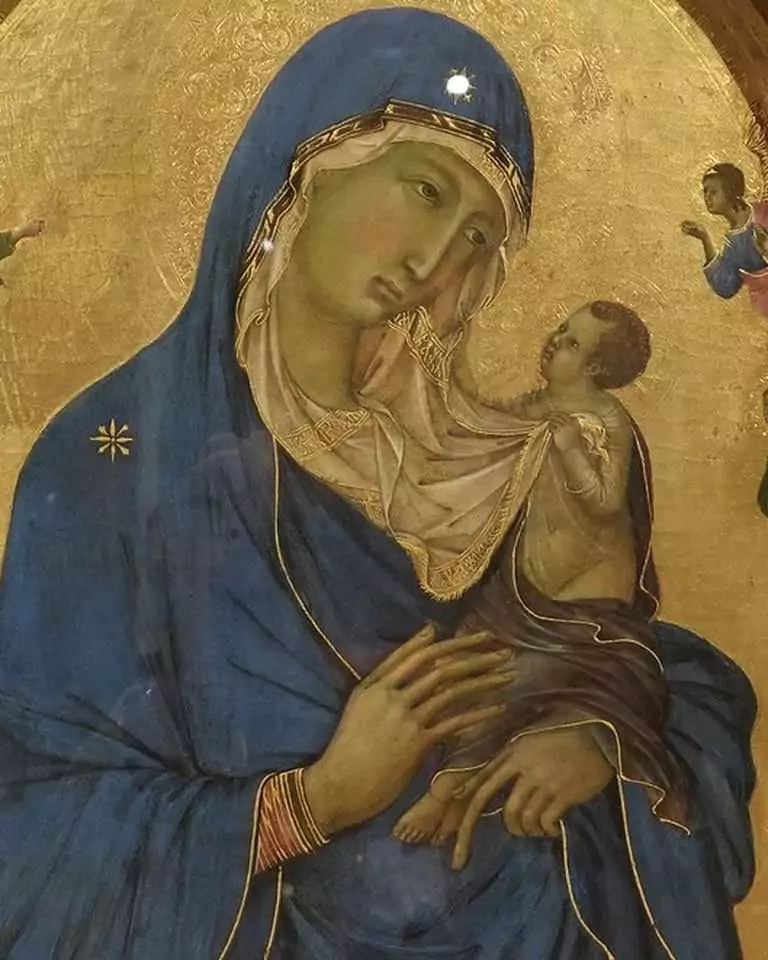Looking for a muse? Check no further. Discover the Best of Art, Culture, History & Beyond!

Text by Vincent DeLuise Author, Educator, Musician at amusicalvision.blogspot.com, Cultural Ambassador, Waterbury Symphony Orchestra
Artist : Francisco Goya
Title : Señora Sabasa Garcia
Date : c. 1806/1811 , Dimensions : overall: 71 x 58 cm (27 15/16 x 22 13/16 in.), framed: 94.6 x 81.3 x 7.6 cm (37 1/4 x 32 x 3 in.)
Medium : Oil on canvas
Collection : The National Gallery of Art, New York
Francisco Jose de Goya y Lucientes (Goya) is one of my favorite painters. His genius as a portrait painter can be seen as a consequence of his knowledge of the works of Titian (Tiziano Vecellio) and Velazquez.
I first studied Goya’s paintings at Princeton in Tom Sloan’s terrific course, Neoclassicism to Impressionism.
Tom taught us to see Titian and Velazquez as artistic forefathers of Goya, with Titian “begetting” Diego Velazquez and Velazquez begetting Goya.
Goya’s works in turn greatly influenced Edouard Manet, who deeply admired all three of his great predecessors.
“The years between Goya’s appointment as principal painter to the court of Charles IV and the Napoleonic invasion of 1808 were a time of great activity and financial security for the artist. Goya painted some of his finest portraits at that time, including this revelatory painting of Señora Sabasa García.
Here, Goya uses tenebroso spotlighting to emphasize his subject.
Eliminating unessential details, he gave life to Señora García with the greatest technical economy, his vibrant brushwork merely simply suggesting the gossamer qualities of the Señora’s mantilla rather than defining its details.
With portraits like this, highlighting the restrained fire and beauty of the subject, Goya created the visual vocabulary that embodies the words “Spanish beauty,” just as his earlier tapestry cartoons and genre paintings of popular pastimes distilled the essence of Spanish life.
Señora Sabasa García was the niece of Evaristo Pérez de Castro, Spain’s minister of foreign affairs, for whom Goya was painting an official portrait when, according to a perhaps legendary anecdote, the young woman appeared. The artist, struck by her beauty, stopped work and asked permission to paint her portrait.
Text by Vincent DeLuise Author, Educator, Musician at amusicalvision.blogspot.com, Cultural Ambassador, Waterbury Symphony Orchestra

This article is published on ArtAddict Galleria, where we explore the intersections of art, history, and culture. Stay tuned for more insights and discoveries!



